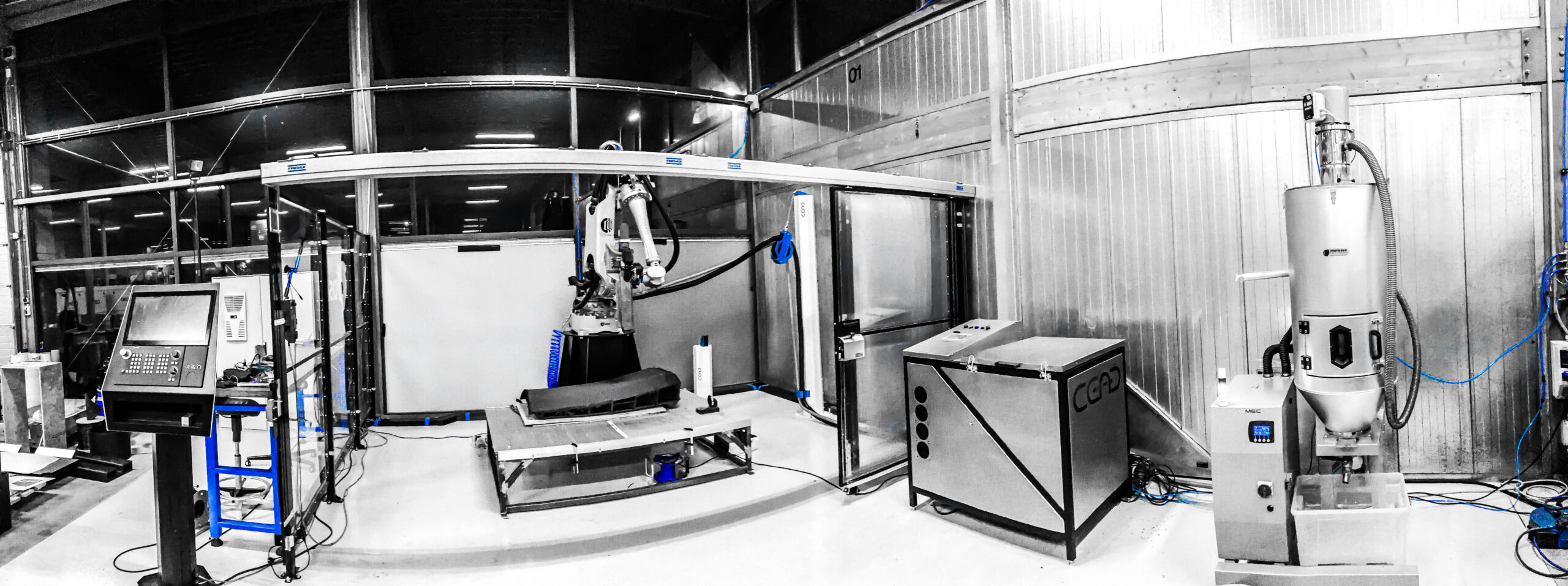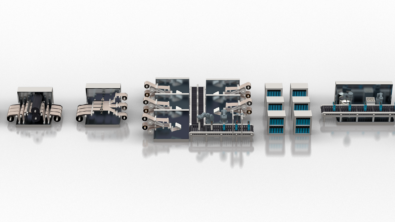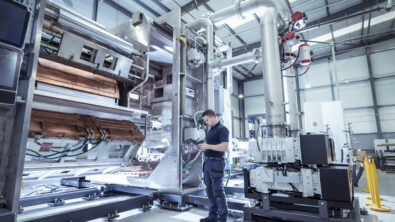Accelerate industrial additive manufacturing

Additive manufacturing, AM and 3D printing capture the imagination of engineers across the spectrums of age, experience and domain. While overall, that is a great quality of any new technology it can be a doubled edged sword contributing to a higher expectation of a technology’s capabilities. AM is sometimes seen as a replacement for all traditional manufacturing, but that is certainly not the case at least not for a long time. Being such a high bar, not reaching it still provides a bounty of not just innovative but increasingly essential development techniques. For a more in-depth examination of how the adoption of industrial additive manufacturing is accelerating, Ashley Eckhoff – one of Siemens resident gurus on 3D printing – has a great article in PhotonicsViews.
These drivers of industrial adoption include greater part performance, gradual learning approaches and comprehensive simulation environments to fill in knowledge gaps. The benefits reach from design, to planning and through production. With continued investment, the workflows are becoming increasingly automated to let employees contribute more to the part’s performance than the tedium of development.
Additive part performance
The breadth of possibility when working with 3D printing is exemplified by the ability to manufacture topology optimized parts without the simplifications traditional techniques often required. Engineers can now harness every last ounce of performance with enough understanding of the processes at play. That can happen through light-weighting parts by removing unnecessary areas of an original geometry or filling the component with a lattice instead of solid material. Flow-based optimization is another field that is seeing increased usage; providing more performant flow characteristics by shaping the components with the physics of the system. This can also be used for light-weighting, most commonly in electric vehicles (EVs) when every ounce translates to range and reliability of the battery packs. But in most cases the performance of a given part needs to be balanced with other characteristics like manufacturability, total cost and component strength – making system insight a critical point to development.
Small manufacturing projects
On the manufacturing and planning side of AM, it is important to understand your knowledge of the process. While the tools for additive are becoming ever-more intuitive and capable jumping into complex designs without understanding can result not just in excessive part deformations but can damage the machines themselves. To build an understanding of the process some companies opt to learn by manufacturing custom jigs, fixtures and manufacturing aids before moving to direct printing of components. This is a great approach to learning for two main reasons, first is that these secondary components are often far easier to model and print compared to full componentry – there are models to work from and reprints due to mistakes can be reduced through their continued use. The second is that it is a secondary process and regular shop operations can essentially continue as normal, which again reduces the upfront investment of the technology while still gaining experience.
Simulating early
For all the cases where first-hand expertise is imprecise, unfeasible or too time consuming, simulation is a great tool for filling in the gaps of AM development. In AM this can happen throughout development, the topology optimizations that improve performance rely on simulating the parts in its final environment, some designs could be crafted manually but expanding computational power enables many more iterations and traditional engineering methods. The same can be said in manufacturing planning. Part of the experience gained through smaller projects is to understand the impact of orientation in the printer. Slight changes can impact component strength or induce overheating that leads to deformation. Simulation takes this variability out of the equation by testing the different options before the printer ever turns on. And for any change to the process – whether the printing material, the machine being used or even the firmware version on the printer – much of the knowledge needs to be reacquired. All of this makes simulation a critical part of AM development that should begin as early as possible.
Accelerating industrial additive
Additive manufacturing is a technology full of potential and the imagery it evokes will be revolutionary for the future of manufacturing, but harnessing the possibilities requires fore sight. Sometimes that comes in the form of design planning, other times it is from process simulation. Regardless of how you start to implement AM, it is important to understand why you are using, what benefit it produces compared to other methods and how to maximize it’s potential by using the best tools available to you. For more information on how Siemens is accelerating the adoption of industrial scale additive manufacturing check out Ashley Eckhoff’s article in PhotonicsViews.
Siemens Digital Industries Software is driving transformation to enable a digital enterprise where engineering, manufacturing and electronics design meet tomorrow. Xcelerator, the comprehensive and integrated portfolio of software and services from Siemens Digital Industries Software, helps companies of all sizes create and leverage a comprehensive digital twin that provides organizations with new insights, opportunities and levels of automation to drive innovation.
For more information on Siemens Digital Industries Software products and services, visit siemens.com/software or follow us on LinkedIn, Twitter, Facebook and Instagram.
Siemens Digital Industries Software – Where today meets tomorrow


